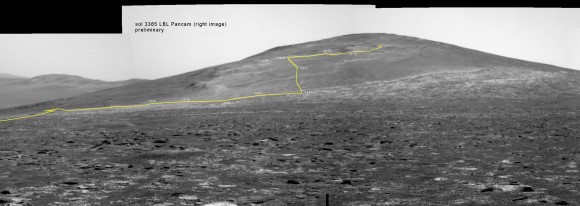Toxic Russian Rocket Fuel Target of Kazakh Anger
24 January 2014
By Matthew Bodner The Moscow Times
A nationalist political party in Kazakhstan has called on the government to ban future launches of Russian Proton-M carrier rockets from the Baikonur Cosmodrome over concerns that they spew a particularly toxic form of rocket fuel into the Kazakh steppe.
The Proton-M is the workhorse of Russia's unmanned and commercial space programs. It uses a type of fuel called heptyl, which is a highly corrosive combination of hydrazine and nitrogen tetroxide, topped off with kerosene.
The Nationwide Social-Democratic Party of Kazakhstan, or NSDP, released a statement on Wednesday calling for Proton-M launches to be banned from Baikonur over the dangerous residues the rockets leave on Kazakh territory.
"The time has come when the government of the Republic of Kazakhstan should, at last, listen to common sense and the citizens and radically revise the policy on foreign rocket launches from the territory of Kazakhstan!" the statement said, Interfax-Kazakhstan reported.
"It is impossible not to pay attention to the pollution of the environment from [spent stages falling off the rocket], the vast amount of toxic heptyl rocket fuel and its derivatives," it said.
Kazakhs have become increasingly concerned with the hazardous effects of Proton launches following a series of embarrassing launch failures in recent years. NSDP said that "serious and fair questions about Russian space activities on the territory of our country" have arisen in the wake of the failures.
The statement went on to say that "in spite of local protests and the country's active civic population as a whole," the Kazakh government has virtually banned discussion on this "vitally important topic" and that members of the "anti-heptyl movement" are subject to constant persecution by the authorities, despite what they call their sincere concerns for public health and the ecological well-being of the Kazakh countryside.
The Proton-M has been beset by a series of embarrassing launch failures in recent years. Traditionally considered to be the most reliable rocket ever designed, the Proton-M is not the only tried-and-true Russian launch vehicle to experience uncharacteristic failures in recent years, prompting many observers to question the overall health of the Russian space industry.
The most notorious incident involving heptyl occurred after a launch failure last summer. Shortly after clearing the launch tower, a Proton-M carrying three GLONASS satellites valued at $200 million suddenly and dramatically veered off course, crashing directly into the ground. Because the failure occurred a mere 17 seconds after liftoff, the vehicle hit the earth with a nearly full tank of its toxic fuel.
Talgat Musabayed, head of the Kazakh Space Agency, estimated that the rocket carried nearly 600 tons of fuel at impact.
As the stress of its short flight began to tear the rocket apart before hitting the ground, some of the heptyl was released into the air unburnt. Fumes were spotted drifting above the nearby city of Baikonur, home to 70,000 people, prompting city officials to post fliers around town warning residents to stay indoors and refrain from using air conditioners until the clouds dispersed. Baikonur is known for being extremely hot.
Also at play are issues of sovereignty arising from the intergovernmental agreements governing Russia's use of the Baikonur Cosmodrome, which the NSDP views as an affront to "the concept of sovereignty of Kazakhstan!"







